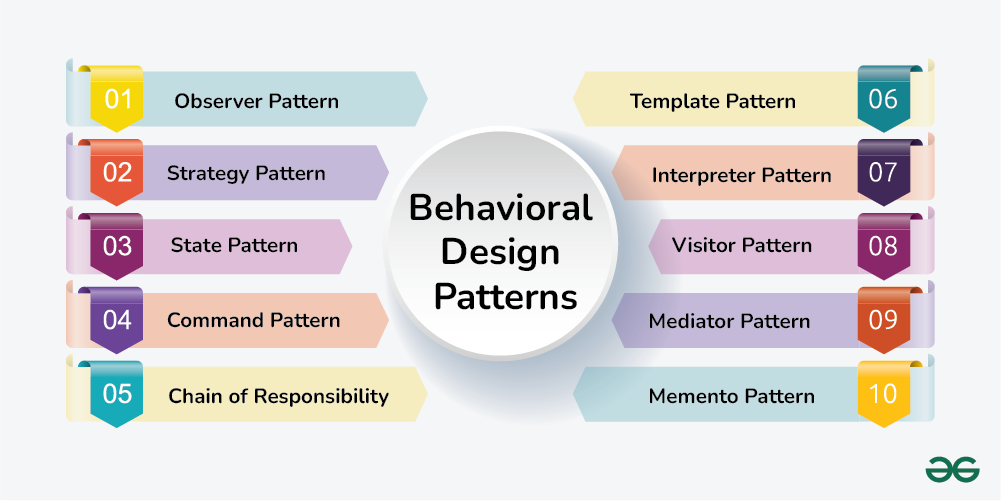Design pattern is our BLURPRINT!
24 Apr 2025
The Power of Blueprints
Imagine you are tasked with building a skyscraper in a bustling city. You wouldn’t redesign every structural element from scratch, would you? Instead, you would refer to blueprints validated by decades of engineering experience to ensure that the building is safe, efficient, and meets the needs of its occupants. Software development is similar in that design patterns are our blueprints - a set of proven solutions to common problems in software design.
At their core, design patterns are not rigid rules, but guiding principles that simplify the creative process and ensure consistency and extensibility while encouraging innovation. They bring together the wisdom of seasoned developers to provide reusable and adaptable templates for a variety of challenges. Whether it’s ensuring neat code, promoting modularity, or reducing technical debt, design patterns are the quiet heroes that connect theoretical principles with practical applications.
Template for Success: The Role of Design Patterns
In software engineering, design patterns are templates for solving recurring challenges, like recipe cards in a chef’s kitchen. They don’t dictate every step, but rather provide a reliable framework for guiding decisions. For example, each time a project encounters a familiar obstacle, developers can refer to these tried-and-true patterns to ensure consistency and efficiency, rather than creating ad hoc solutions. This approach not only saves time, but also fosters collaboration as team members can quickly understand the structure and intent behind the code.
Each design pattern is like a carefully crafted template that is flexible enough to adapt to unique project requirements. Take the Factory pattern, for example. It describes a way to create objects without specifying the specific class of the object, similar to using a generic mold to produce items of different shapes and sizes. By following this template, developers can keep their code extensible while simplifying future modifications. With these reusable blueprints, design patterns enable developers to create solutions that are both robust and adaptable to different scenarios. I have used templates such as the Next.js Application Template and Bootstrap 5 in my projects. These templates provided a solid foundation, allowing me to focus on building functionality while adhering to established design patterns and best practices
Building with Purpose
Design patterns are more than theoretical constructs; they are practical tools that guide developers in making efficient, scalable, and maintainable software. By utilizing templates such as the Next.js application template and Bootstrap 5, I’ve seen firsthand how these patterns can streamline development while promoting consistency and adaptability. Whether solving recurring problems or streamlining workflows, design patterns are the cornerstone of thoughtful, goal-oriented engineering.